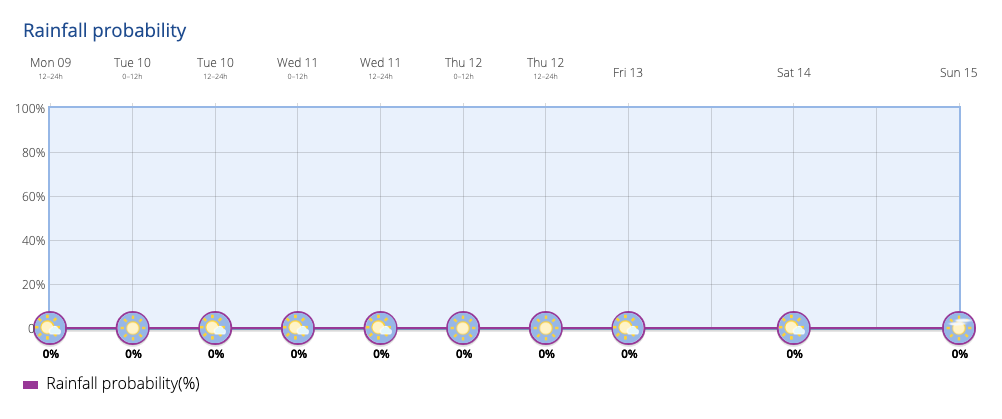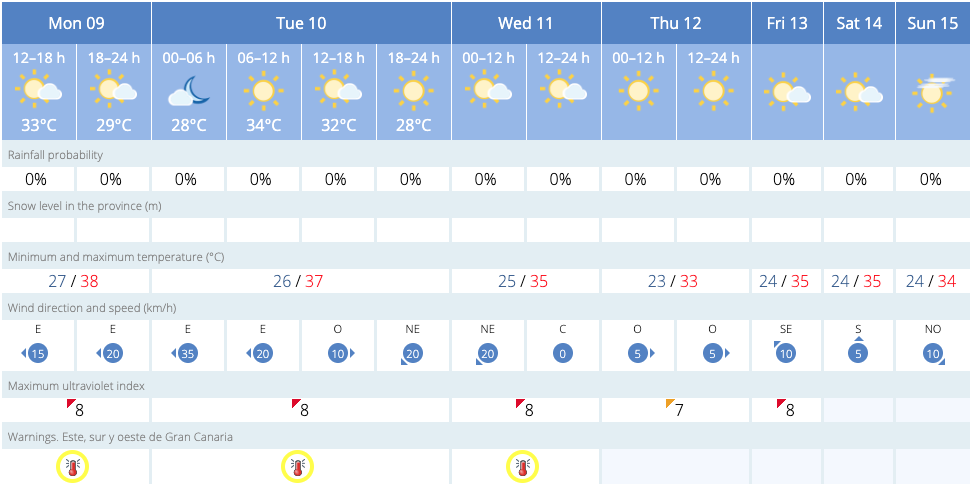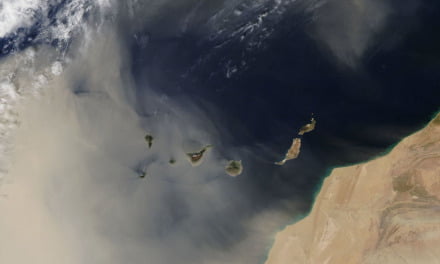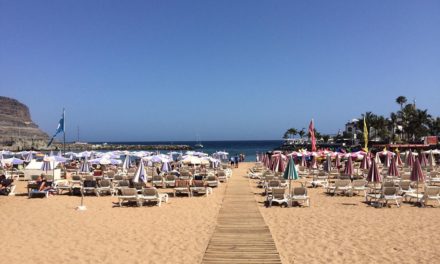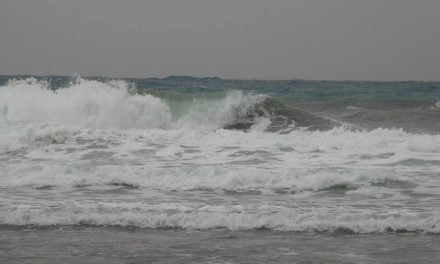Gran Canaria has been exceptionally hot over recent days. For the past week, the Canary Islands have consistently ranked among the highest temperatures recorded by Spain’s State Meteorological Agency, AEMET, with temperatures exceeding 40ºC in the shade. The summer of 2022 was recently declared to have been the hottest throughout Spain in 700 years, with many predicting 2023 to be the hottest year ever recorded globally, we are certainly feeling the effects of warmer weather here on The Canary Islands.
Locations like Tasarte in La Aldea de San Nicolás on Gran Canaria’s west coast and Adeje on Tenerife have been the hottest spots in the country, reaching 37.8ºC on Sunday, much hotter in direct sunlight. Similarly high temperatures were recorded on Saturday, with 38.1º and 38.2º, respectively. On Friday, Tenerife South Airport recorded 38.5º in the shade, and Tasarte 38.1º.
The highest temperature during this period was recorded on El Hierro, with a scorching 40.6ºC in the shade.
The AEMET forecast for Monday is similar to the weekend, with maximum temperatures above 34ºC on Gran Canaria, Fuerteventura, La Graciosa, Lanzarote, and the western, southern, and eastern parts of Tenerife and La Gomera. These high temperatures are widespread across the archipelago, except at higher altitudes and in the eastern coastal areas, where minimum temperatures will barely drop below 24º or 25º. Saharan dust suspended in the air will gradually decrease on the eastern islands by the end of the day.
Additionally, there will be intervals of medium and high-level cloud, with skies becoming mostly clear on Tenerife, La Gomera, El Hierro, and La Palma. The wind will be from the east to southeast, occasionally strong in the eastern province and on Tenerife, while remaining light on the westernmost islands.
Looking ahead to the next few days, Tuesday is expected to have similar temperatures, still surpassing 34º, with a slight presence of calima (dust haze) affecting only the Las Palmas province. A gradual cooling of temperatures is expected to begin on Wednesday.
It’s important to note that all the islands remain on pre-alert due to the high temperatures and calima. The Government of Canarias also maintains an alert declaration for the risk of fires on El Hierro, La Gomera at elevations above 400 meters, La Palma, Tenerife, and Gran Canaria, also starting from 400 meters above sea level.
This hot weather is expected to continue over the coming days, with a gradual cooling anticipated later in the week. Please take necessary precautions and stay informed about any developments in the weather conditions.
Historic Highs For October
On Sunday, October 8th, three historical records for the highest minimum temperatures (usually nighttime) were set in these locations.
- At Gran Canaria Airport, the temperature did not drop below 27.7 degrees Celsius, surpassing the previous record of 26.6 degrees for October in the historical records dating back to 1951.
- In Lanzarote Airport, the minimum temperature reached 27.6 degrees Celsius, which was four-tenths of a degree higher than the previous record set in 1983.
- In Santa Cruz de Tenerife, the minimum temperature on this Sunday was 26.1 degrees Celsius, just one-tenth of a degree higher than the October 1983 record. The historical data for this location dates back to 1920.
The heatwave has persisted across the Canary Islands with general temperatures in the shade ranging between 34º day time and 24ºC at night, but higher in several places. The State Meteorological Agency (AEMET) has maintained a yellow warning for most of the islands on Monday, Tuesday, and Wednesday. Having affected the region since September 29th, the government of the Canary Islands has declared a pre-alert situation for high temperatures and calima, which are unusual for this time of year. Additionally, the government has kept the alert status for the risk of forest fires in western islands and Gran Canaria due to dry and hot conditions.
The air quality index on this Sunday was reported as “extremely unfavorable” due to the Saharan Dust Calima episode in parts of Lanzarote, Fuerteventura, southern Gran Canaria, and Tenerife. The government has warned that variable concentrations of particulate matter could pose health risks to individuals with chronic or respiratory diseases and affect visibility up to 3,000 meters.
To cope with this unusual October heatwave, the Canary Islands government recommends people protect themselves from the sun, stay in the shade as much as possible, and seek cooler indoor areas.
During daylight hours, closing blinds or curtains on sunny windows and opening windows during the night to cool indoor spaces are advised. When outside, people are encouraged to avoid direct sunlight, wear a hat or cap, use lightweight, loose-fitting, and light-colored clothing, walk in the shade, stay under beach umbrellas, rest in cool places indoors or outdoors with air conditioning, and carry water and drink frequently.










